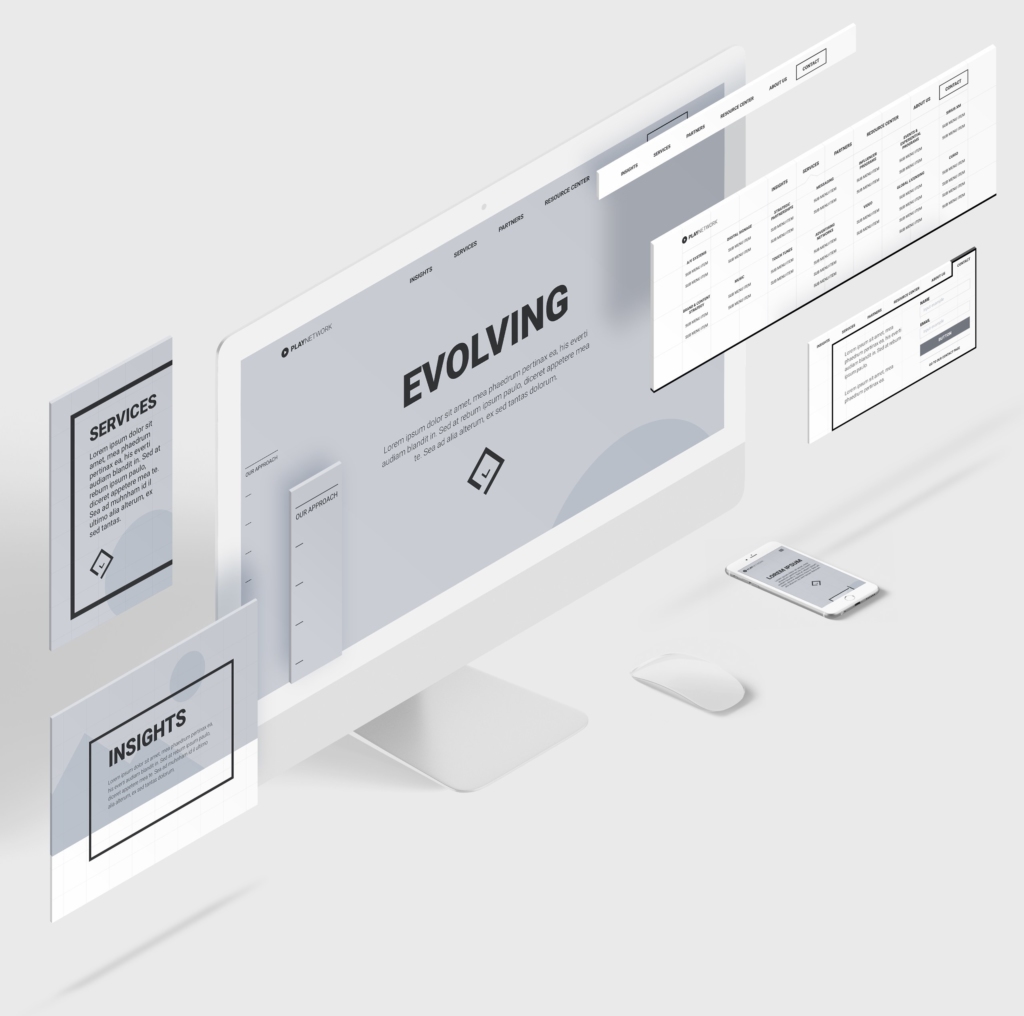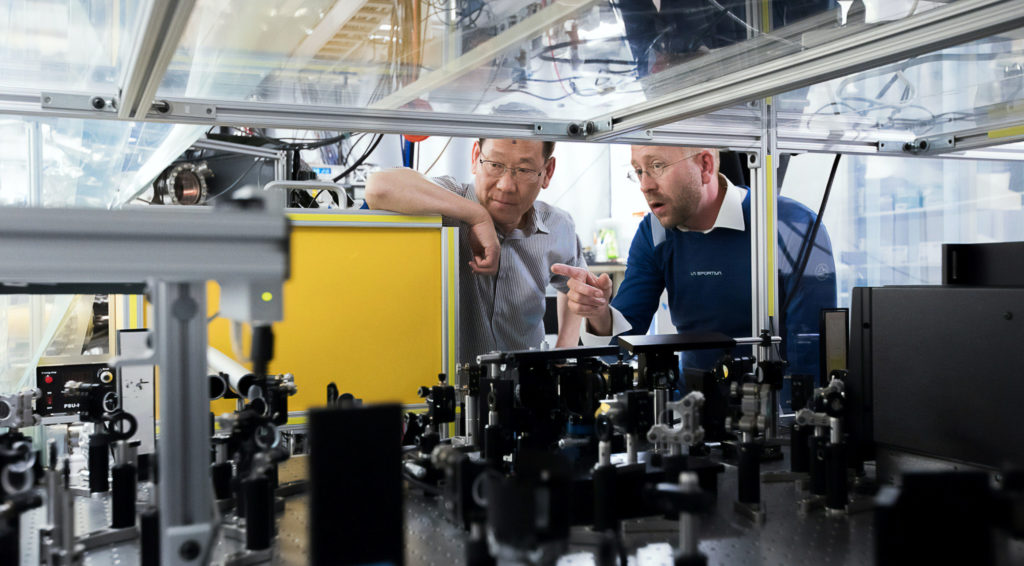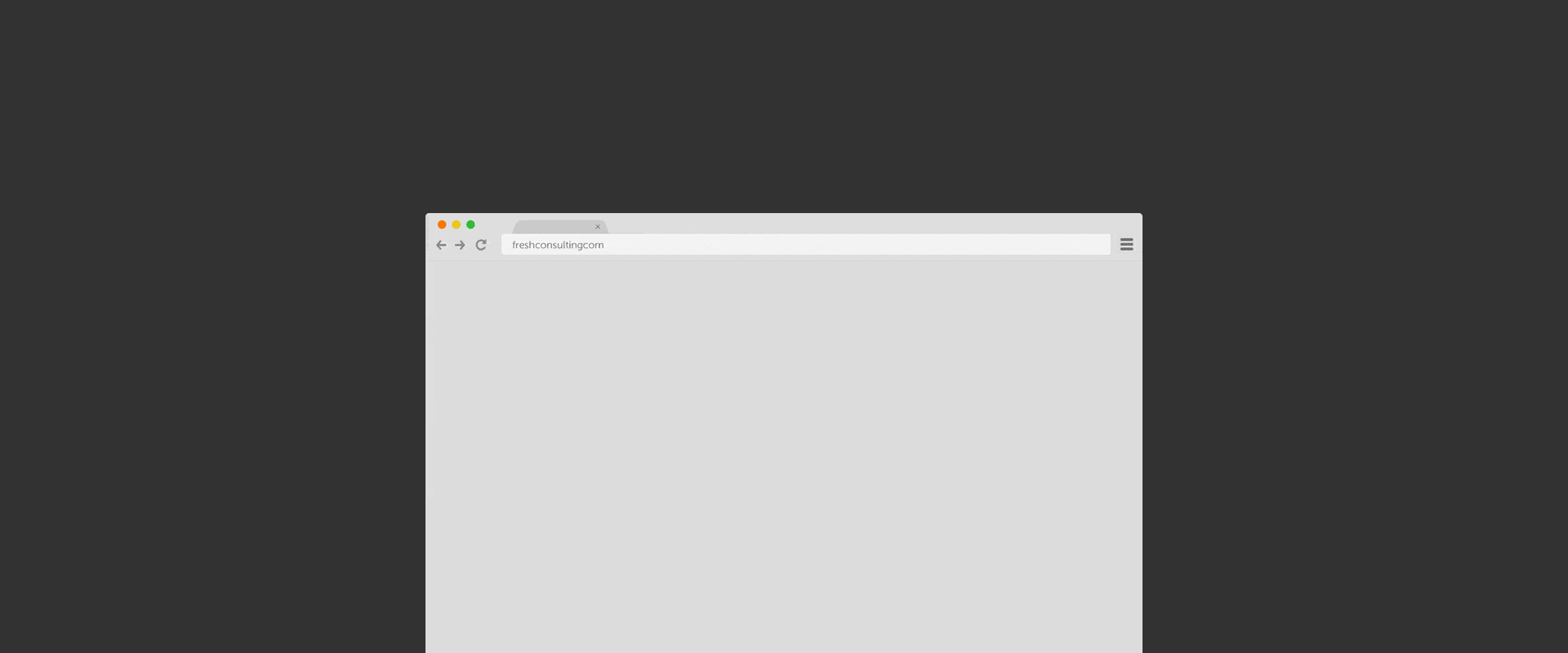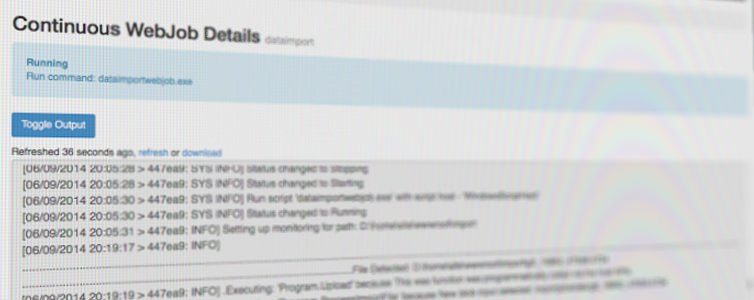Article
“Una Perspectiva de Comunicación”: The Role of Communication in Nearshore Software Development

A note from the Fresh team: This blog series will highlight tips for effective nearshore software development in addition to the amazing team we have at Fresh Costa Rica.
Our first conversation was with Kenneth López, a full-stack software developer. Like the rest of our Costa Rica-based team, Kenneth brings a robust software development skillset to client projects, in addition to an understanding of what makes nearshore software development a viable option for clients seeking:
- Multi-time zone support from industry specialists
- On-the-fly team additions and project flexibility
- Cost savings, flexible staffing, and access to new markets
And above all, the ability to deliver the defining quality that makes us Fresh.
Below, you can find Kenneth’s advice on facilitating impactful nearshore software development workflows in English and Spanish, with fluent multi-lingual capabilities being another defining advantage of working with our team in Central America.

Kenneth López — full-stack software developer, strategic communicator, and motorcycle enthusiast.
Enhancing Remote Collaboration in Nearshore Software Development
In any custom software development workflow, communication plays a pivotal role. Strong communication is even more critical in nearshore development when teams work asynchronously, even if to a lesser extent than in pure offshore development.
Nearshore development solves offshore challenges like significant time-zone differences and geographical proximity, but time zones and geography should still be planned for. With the right approach and intentional structures to create better communication, these hurdles can be transformed into opportunities for growth, innovation, and better work.
A Full-Stack Communication Perspective
With over three years of experience in full-stack development, I have experience working on both sides of the development process. I’ve done extensive front-end, “client-side” development, focusing on the elements of the interactive user interface. I’ve also done back-end “server-side” development, focusing on the behind-the-scenes databases, servers, and applications that make products work.
Whether you spend more time on the front-end or back-end, the ability to communicate effectively makes you a more complete developer. I’ve had the opportunity to collaborate with clients from diverse locations, from Central America to the United States, and my nearshore experience has reinforced a key lesson:
Remote software development work requires more proactive communication from team members. But I’ve also found that if you build a workflow to enable effective communication, it doesn’t become an obstacle, and clients can realize the cost-effective benefits of nearshore development without sacrificing the quality of products.
“Full-stack” typically refers to front-end and back-end development, but it should also apply to your general skillset as a nearshore developer: someone who can handle the intangibles of software development (collaborating with onshore teams, maintaining client relationships, etc.) with ease.
Tip #1: Become the bridge between front-end and back-end workflows that your team needs
In my journey through various software development aspects, including web development, mobile app development, and Software as a Service (SaaS), I’ve realized the importance of understanding front-end and back-end development. Even if you’re not directly responsible for the back-end work, understanding how your decisions and approach to development will impact the workflows of others is vital.
This is especially true in nearshore development. The emphasis on speed, efficiency, and quality is the same, but mistakes can be costlier.
A comprehensive knowledge of the full stack ensures seamless collaboration, which is vital in modern software development. This knowledge will also enable you to better communicate within your team and with clients.
Tip #2: Commit yourself to continuous learning, anticipating what a project might need before it’s needed
Staying current with emerging technologies like VueJS and Flutter is not just a requirement for success but a commitment to excellence.
In my experience, mastering Flutter for multi-platform development has opened the door not only for more diverse projects. It’s also enabled me to be a better consultant. Clients don’t always expect consultative expertise from a nearshore developer, and it isn’t always needed, but it’s definitely a plus.
During a project where I helped build a telecommunications portal for a U.S. client (a space Fresh is continuing to expand into via RF Engineering), maintaining and advancing our skills with the tech stack we were using and other relevant technologies helped us stay ahead of challenges, ensure smooth communication between teams, and maintain positive client satisfaction.
Continuous learning also applies to workflows. What is working? What isn’t working? Be prepared to pivot and adapt as more about the project is revealed to accommodate the distance.
Tip #3: Leverage modern communication tools at your disposal, but customize your approach based on the needs of the client
From Zoom to Microsoft Teams, from Slack to Google Workspace and standard email, there are dozens of technologies that you can leverage for communication in nearshore software development. However, it’s essential to remember that what works for your team and team dynamics might be different from what works for clients.
Spend time at the beginning of a project understanding your client’s preferred tool for communication and familiarize yourself with those tools. Regular updates, meetings, and progress tracking are fundamental in maintaining accuracy and momentum in remote settings, and by proactively planning about what tools will be used, steady progress can be maintained.
Consistent contact, proactive communication, and shared learning are cornerstones of Fresh’s nearshore software development approach, and choosing the best communication suite for every client engagement is vital.
Communicate clearly and consistently to maintain momentum and deliver value
Effective communication and a commitment to continuous learning are vital in nearshore software development.
The approaches above have been effective for Fresh Costa Rica. We’re committed to building bridges between remote teams and clients. By maintaining effective communication, we turn geographical distances into opportunities for innovation, growth, and client savings while ensuring that no matter where we are in the world, we’re always connected by our commitment to excellence and collaboration.
If you’re interested in learning more about our nearshore software development approach or the services we can provide, please reach out. We look forward to hearing from you!
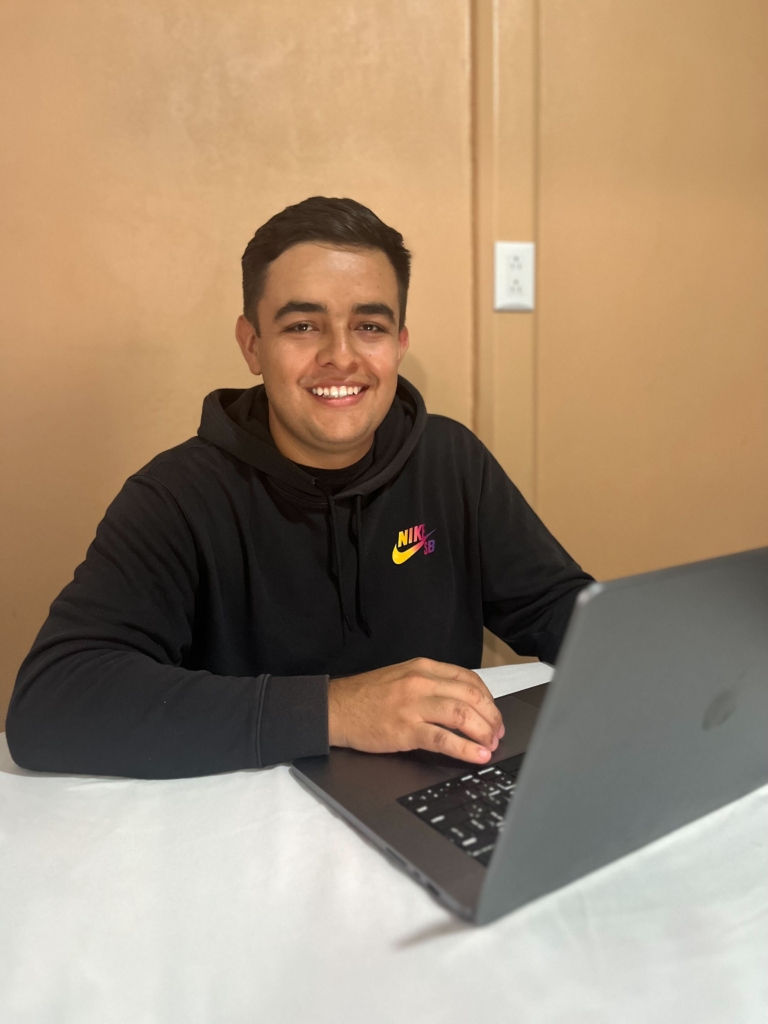
Potenciar la Colaboración Remota en el Desarrollo de Software Nearshore
En cualquier flujo de trabajo de desarrollo de software, la comunicación desempeña un papel fundamental. Una comunicación sólida es aún más importante en el desarrollo nearshore cuando los equipos trabajan de forma asincrónica, aunque en menor medida que en el desarrollo offshore puro.
El desarrollo nearshore resuelve desafíos offshore como las significativas diferencias de huso horario y la proximidad geográfica, pero aún así estas deben ser planificadas. Con el enfoque correcto y estructuras intencionales para mejorar la comunicación, estos obstáculos pueden transformarse en oportunidades de crecimiento, innovación y un trabajo mejor.
Una Perspectiva de Comunicación Full Stack
Con más de tres años de experiencia en desarrollo full-stack, tengo experiencia trabajando en ambas partes del proceso de desarrollo. He realizado un desarrollo extenso en el front-end, enfocándome en los elementos de una interfaz con los que interactúan los usuarios. También he trabajado en el back-end, sector más centrado en las bases de datos, servidores y aplicaciones que hacen que los productos funcionen.
Ya sea que pases más tiempo en el front-end o en el back-end, la capacidad de comunicarte eficazmente te convierte en un desarrollador más completo. He tenido la oportunidad de colaborar con clientes de diversas ubicaciones, desde América Central hasta Estados Unidos, y mi experiencia nearshore ha reforzado una lección clave:
El trabajo remoto en el desarrollo de software requiere una comunicación más proactiva por parte de los miembros del equipo. Pero también he descubierto que si construyes un flujo de trabajo para permitir una comunicación efectiva, no se convierte en un obstáculo, y los clientes pueden aprovechar los beneficios rentables del desarrollo nearshore sin sacrificar la calidad de los productos.
“Full-stack” se refiere típicamente al desarrollo front-end y back-end, pero también debería aplicarse a tu conjunto de habilidades general como desarrollador nearshore: alguien que puede manejar los aspectos intangibles del desarrollo de software (colaborar con equipos onshore, mantener relaciones con los clientes, etc.) con facilidad.
Consejo #1: Conviértete en el puente entre los flujos de trabajo de front-end y back-end que tu equipo necesita
En mi recorrido en varios aspectos del desarrollo de software, incluyendo aplicaciones web, móviles, y Software como Servicio (SaaS), he comprendido la importancia de entender el desarrollo front-end y back-end. Incluso si no eres directamente responsable de todo el trabajo, entender cómo tus decisiones y enfoque para el desarrollo impactarán en los flujos de trabajo de los demás es vital.
Esto es especialmente cierto en el desarrollo nearshore. El énfasis en la velocidad, eficiencia y calidad es el mismo, pero los errores pueden ser más costosos.
Un conocimiento integral del full stack asegura una colaboración sin problemas, que es vital en el desarrollo moderno de software. Este conocimiento también te permitirá comunicarte mejor dentro de tu equipo y con los clientes.
Consejo #2: Comprométete con el aprendizaje continuo, anticipando lo que un proyecto podría necesitar antes de que sea necesario
Mantenerse actualizado con tecnologías emergentes como por ejemplo VueJS y Flutter no es solo un requisito para el éxito sino un compromiso con la excelencia.
En mi experiencia, dominar Flutter para el desarrollo multiplataforma no solo ha abierto la puerta a otros proyectos diferentes. También me ha permitido ser un mejor consultor. Los clientes no siempre esperan experiencia consultiva de un desarrollador nearshore, y no siempre es necesario, pero definitivamente es un plus.
Durante un proyecto en el que ayudé a construir un portal de telecomunicaciones para un cliente en EE. UU. (un espacio en el que Fresh sigue expandiéndose a través de la ingeniería RF), mantener y avanzar en nuestras habilidades con el stack tecnológico que estábamos utilizando y otras tecnologías relevantes nos ayudó a estar un paso adelante de los desafíos, garantizar una comunicación fluida entre los equipos y mantener la satisfacción positiva del cliente.
El aprendizaje continuo también se aplica a los flujos de trabajo. ¿Qué está funcionando? ¿Qué no está funcionando? Prepárate para cambiar y adaptarte a medida que se revele más sobre el proyecto para acomodar la distancia.
Consejo #3: Aprovecha las herramientas modernas de comunicación a tu disposición, pero personaliza tu enfoque según las necesidades del cliente
Desde Zoom hasta Teams, desde Slack hasta Google Workspace y el correo electrónico, hay docenas de tecnologías que puedes aprovechar para la comunicación en el desarrollo de software nearshore. Sin embargo, es esencial recordar que lo que funciona para tu equipo puede ser diferente de lo que funciona para los clientes.
Dedica tiempo al principio de un proyecto para entender la herramienta preferida de comunicación de tu cliente y familiarízate con esas herramientas. Las actualizaciones regulares, las reuniones y el seguimiento del progreso son fundamentales para mantener la precisión y el impulso en entornos remotos, y al planificar proactivamente qué herramientas se utilizarán, se puede mantener un progreso constante.
El contacto constante, la comunicación proactiva y el aprendizaje compartido son pilares del enfoque de desarrollo de software nearshore de Fresh, y elegir la mejor suite de comunicación para cada compromiso con el cliente es vital.
Comunica de manera clara y consistente para mantener el impulso y entregar valor
La comunicación efectiva y el compromiso con el aprendizaje continuo son vitales en el desarrollo de software nearshore.
Los enfoques anteriores han sido efectivos para Fresh Costa Rica. Estamos comprometidos en construir puentes entre equipos remotos y clientes. Al mantener una comunicación efectiva, convertimos las distancias geográficas en oportunidades de innovación, crecimiento y ahorro para el cliente, asegurándonos de que, sin importar dónde estemos en el mundo, siempre estemos conectados por nuestro compromiso con la excelencia y la colaboración.
Si estás interesado en conocer más sobre nuestro enfoque de desarrollo de software nearshore o los servicios que podemos ofrecer, por favor contáctanos. ¡Esperamos saber de ti!




